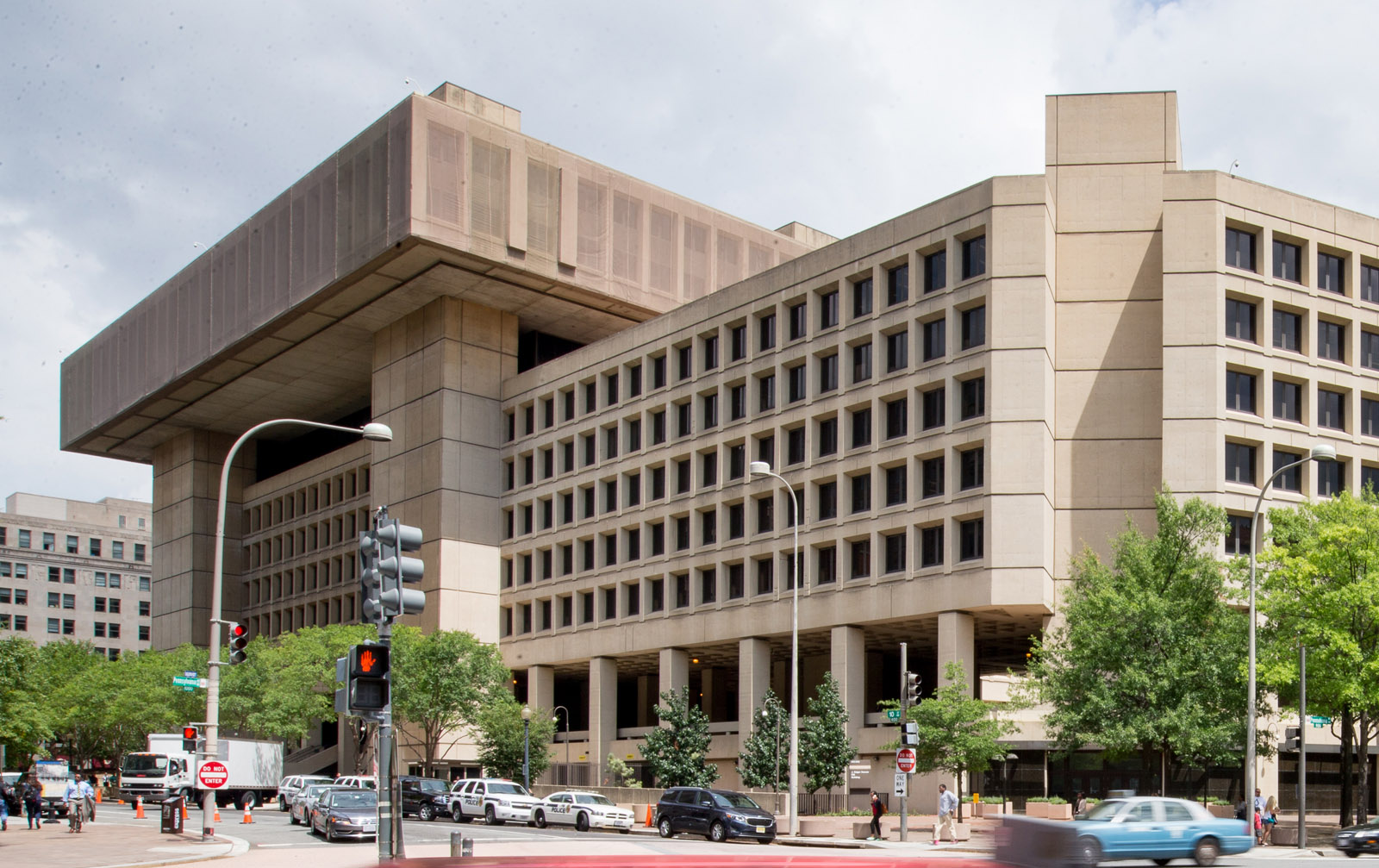With the trial of the suspected “Potomac River Rapist” just over two months away, a decision about whether the jury will be told about a key piece of evidence is still up in the air.
The lawyer for 62-year-old Giles Warrick is seeking to throw out evidence from DNA cheek swabs taken in 2019 as cold case detectives investigated the 1998 rape and murder of D.C. intern Christine Mirzayan and a string of earlier home-invasion rapes in Maryland and the District during the 1990s.
Warrick was arrested in November 2019 after police obtained the swab. Prosecutors say Warrick’s DNA matches evidence taken from the Mirzayan crime scene, as well as the other attacks.
Warrick has pleaded not guilty.
In documents filed earlier this year, Warrick’s attorney, Steven Mercer, argued that the detectives who showed up on Warrick’s doorstep in South Carolina gave only vague information about the cases they were investigating, and that Warrick did not feel as if he had a choice to decline detectives’ request to swab the inside of his cheeks.
Mercer argued the DNA match evidence — the key piece of evidence linking Warrick to the crime he’s charged with — should be suppressed at his upcoming trial.
Prosecutors have countered by saying Warrick freely consented to allowing detectives to swab his cheek for DNA. And over two days in D.C. Superior Court, Assistant U.S. Attorney Sharon Donovan presented testimony from detectives from Montgomery County, Maryland, and D.C., who were in Conway, South Carolina, when Warrick’s DNA was collected to answer the defense attorney’s challenges.
D.C. Detective Todd Williams testified that the interview with Warrick was conversational, not threatening, and that Warrick appeared calm throughout. Two other detectives said Warrick appeared nervous during the interview, according to documents, including a South Carolina officer who noticed Warrick wringing his hands.
The prosecutor also played portions of an audio recording detectives made when they interviewed Warrick. The detectives tell Warrick they are investigating some unsolved sexual assaults from “back in the 90s” and have used forensic genealogy to narrow the suspect down to a specific family tree. “The easiest way to eliminate people is we have DNA and just take a sample from whoever we talk to,” Williams said.
In the recording, when Warrick was asked whether that was OK, he responded, “Yes, I have no choice.”
A few moments later, Williams is heard telling Warrick, “You do have a choice. I don’t want you to feel like we are holding you down doing it. If you are willing to do it, we appreciate it. It’s the easiest way to do it.”
During his cross examination, Mercer asked the detective if that meant there was a “hard way” to obtain Warrick’s DNA.
During his testimony, Williams also revealed authorities had previously obtained a search warrant from a judge in Horry County, South Carolina, allowing detectives to take a cheek swab from Warrick — known as a buccal swab — whether he consented or not.
However, detectives decided not to use the warrant, in part, because under South Carolina law they would have had to provide Warrick with a copy of the affidavit, which Williams said would have revealed to Warrick the entirety of their investigation up to that point.
D.C. Superior Court Judge Milton Lee has scheduled another hearing for Oct. 5, when attorneys are expected to continue their arguments over the DNA’s admissibility.
Warrick’s trial on first-degree murder charges for the death of Mirzayan is set to begin Nov. 29. He also faces separate charges for rape in Montgomery County.
Mirzayan was an intern in D.C. during the summer of 1998 when she was pulled into a wooded area of Canal Road in Georgetown and then raped and killed. Her slaying was unsolved by police for several years before it was eventually linked through a national DNA database to several sexual assaults in neighboring Montgomery County.
Before the match with Warrick, police had DNA linking the cases, but no connection to any known offender.
Authorities began calling the unknown attacker the “Potomac River Rapist” in 2011 as part of an effort to gather tips from the public.
Police eventually zeroed in on Warrick using genetic genealogy, in which the DNA from one of the crime scenes was uploaded to a public DNA database used for genealogy to find possible close relatives.








